Mastering Stalls: How to Recognize, Prevent, and Recover Safely
Flight Training Central
MARCH 3, 2025
When the airplane is stabilized in the approach attitude and speed, begin to smoothly and slowly bring the nose up to an attitude which will cause a stall. Recovery is made by lowering the nose, simultaneously applying full power while maintaining directional control with coordinated use of aileron and rudder.








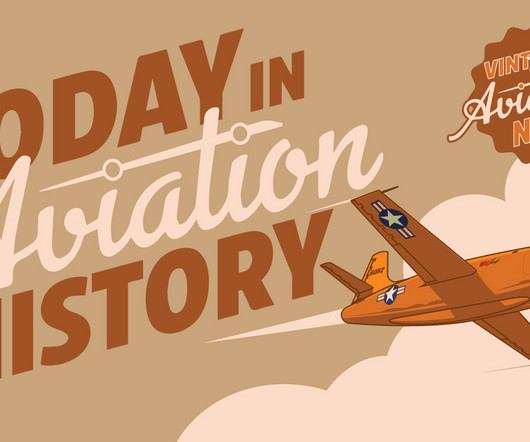

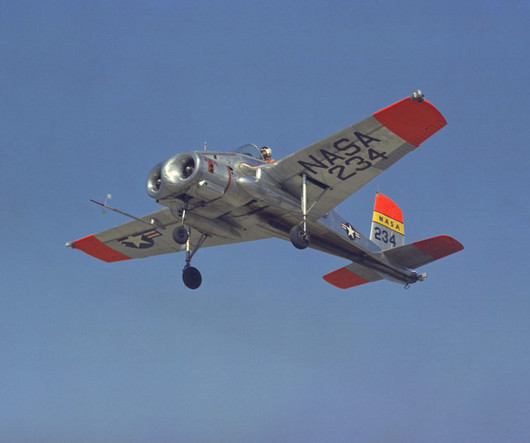
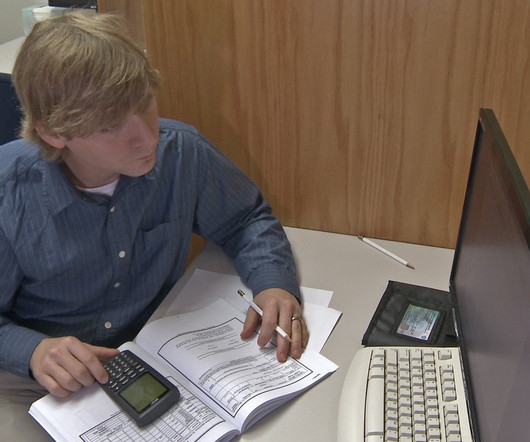





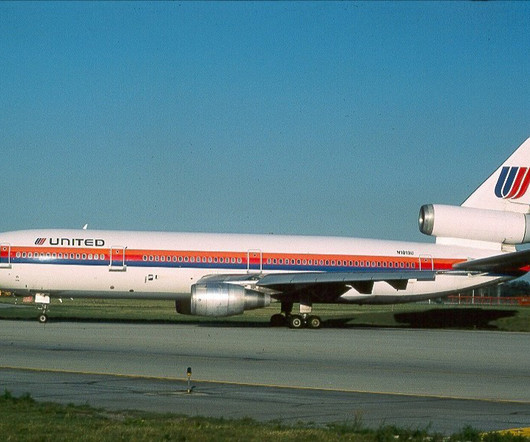
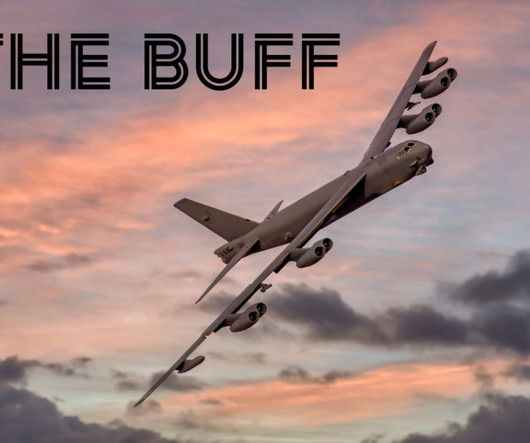


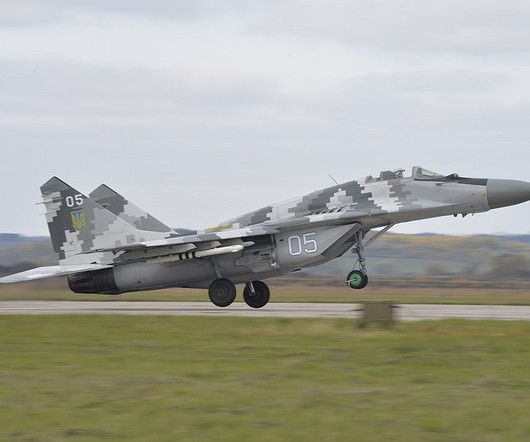






Let's personalize your content